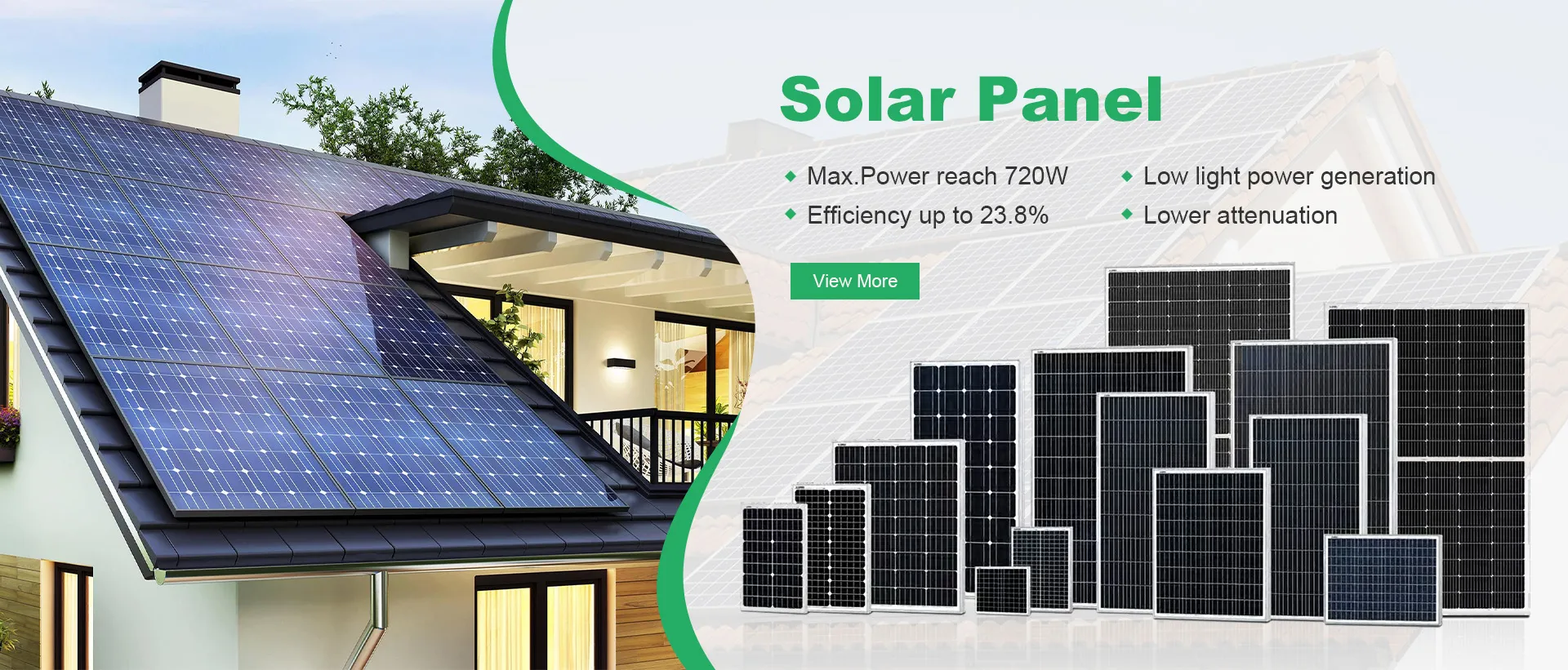Exploring the Benefits and Features of a Three-Phase Hybrid Solar Inverter System for Homes
Understanding 3-Phase Hybrid Solar Inverters
As the world moves towards more sustainable energy sources, solar power has emerged as a viable option for both residential and commercial customers. One of the key components in harnessing solar energy efficiently is the solar inverter. Among the various types available, the 3-phase hybrid solar inverter is increasingly gaining attention due to its versatility and efficiency.
What is a 3-Phase Hybrid Solar Inverter?
A 3-phase hybrid solar inverter is a device that converts direct current (DC) generated by solar panels into alternating current (AC) for use in homes or businesses. The term hybrid refers to its ability to integrate energy from multiple sources, including solar panels and grid power, or even batteries, into one unified system. This capability provides users with improved energy management and reliability.
In residential settings, a single-phase inverter suffices for ordinary energy needs. However, in commercial applications or larger residential installations, a 3-phase inverter is preferred for its ability to handle higher loads and provide a more balanced load across the electrical system.
Advantages of 3-Phase Hybrid Solar Inverters
1. Higher Efficiency One of the primary advantages of 3-phase hybrid solar inverters is their efficiency. These inverters can take advantage of power generated across all three phases, ensuring that renewable energy is used optimally and waste is minimized.
2. Load Balancing By spreading the load evenly across three phases, these inverters help stabilize the system and reduce the risk of overload on a single phase. This results in a more reliable and durable energy solution.
3. Flexibility The hybrid nature of these inverters allows users to store energy in batteries and utilize it during peak demand periods or outages. This not only helps in achieving energy independence but also maximizes the usage of renewable energy, especially in regions with erratic grid supplies.
3 phase hybrid solar inverter

4. Grid Interaction 3-phase hybrid solar inverters can interact seamlessly with the grid. They can intelligently switch between using solar power, battery storage, and grid energy depending on availability and demand. This ensures that users always have access to consistent and reliable power.
5. Smart Features and Monitoring Many 3-phase hybrid inverters come equipped with advanced monitoring capabilities. Users can track energy production and consumption in real time, enabling better energy management. Some models even allow remote access through smartphone applications, making it easier for users to optimize their energy usage.
Considerations Before Installation
While 3-phase hybrid solar inverters offer numerous advantages, there are a few considerations to keep in mind before installation.
- Initial Cost The upfront investment required for a hybrid inverter can be higher than traditional inverters. However, this cost is often offset by the long-term savings on energy bills and incentives for using renewable energy.
- Complexity of Installation Installing a 3-phase inverter may require more sophisticated system integration, which can mean higher installation fees. It's crucial to work with experienced professionals to ensure a smooth installation.
- Suitability for Your Needs Assessing whether a 3-phase hybrid inverter is the right choice depends on your energy needs, the size of your solar system, and whether you have a suitable battery storage solution.
Conclusion
The 3-phase hybrid solar inverter stands out as a significant innovation in the realm of solar energy. Its ability to optimize energy consumption and integrate multiple power sources makes it an attractive option for both residential and commercial users aiming for sustainability. As the technology continues to evolve, it is likely that 3-phase hybrid inverters will play an increasingly critical role in the transition towards renewable energy. By investing in such advanced solutions, users not only reduce their carbon footprint but also contribute towards a more resilient power grid for the future.
-
String Solar Inverter: The High-Efficiency Solution for Smart Solar EnergyNewsJul.14,2025
-
Revolutionizing Rooftop Energy with the Power of the Micro Solar InverterNewsJul.14,2025
-
Power Independence with Smart Off Grid Solar Inverter SolutionsNewsJul.14,2025
-
On Grid Solar Inverter: Powering the Future with Smart Grid IntegrationNewsJul.14,2025
-
Monocrystalline Solar Panels: High-Efficiency Power for the Future of Clean EnergyNewsJul.14,2025
-
Bifacial Solar Panel: A Smarter Investment for Next-Generation Energy SystemsNewsJul.14,2025







